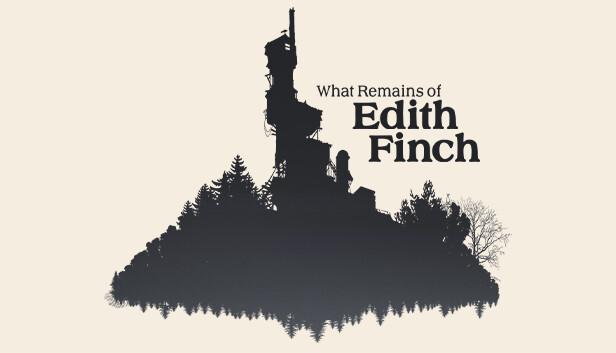In What Remains of Edith Finch (WROEF), walking enables players to explore the unknown, experience narrative changes, and appreciate beautiful sensations created by art and music, appealing to the aesthetics of narrative and discovery.
WROEF is a first-person walking simulator game developed by Giant Sparrow and published by Annapurna Interactive. It is available on PlayStation, Xbox, Switch, iOS, and Windows via Steam. I played it using an iPad Pro.
Walking gradually unveils new perspectives to the player, creating a dynamic of search, experience, and revelation, leading to the aesthetics of discovery. Throughout the game, the player moves inside and around the house, walking through the non-linear storyline. The narration of the main character changes as the player moves, providing information on specific items the player sees. The state of some items also changes over time. For example, when I first entered the house, I saw Barbara’s music box, but it was not until I went through Barbara’s story that I was able to discover a key that unlocks the basement. Instead of through doors, the paths in WROEF are nontraditional: opening a window, crawling through a hidden tunnel, jumping from a tree branch, climbing a ladder, etc. Players need to employ walking as the main mechanic to find their way from one room to another, and thus discover more of the storyline.
Walking also serves as a form of narrative change. Players see through the first-person perspective of different characters. Walking as the current character through their “memory” or experience extends the realm the player can explore, enabling them to construct the narrative from multiple perspectives. Narrative changes occur not only across different episodes but also within a single episode. For example, in Molly’s episode, I first moved around from the perspective of Molly, a young girl. Then, as the narrative progresses, I became a cat, a bird, a shark, and a monster. In the process, I was tasked with chasing birds, catching rabbits, eating seals, and consuming humans, among other activities. “Walking” as Molly, I was immersed in a blast of imagery, action, and music, on top of the little girl’s narration, as if I were embodying all the different types of creatures while “walking” across the map. The narrative is powerfully constructed through my experience as ‘Molly.’ There is no better way to communicate “what happened” to the player than by having them “see through their own eyes.” As Edith Finch (the player) discovers notes, photos, letters, etc. relevant to her family members, the main narrative changes as the player “becomes” those characters and walks through flashbacks of each of their experiences. The sensory experience from walking in the first-person perspective contributes to the effective construction of the narrative. The changes in narrative within one character’s story and between multiple characters’ stories help construct one comprehensive, cohesive, and beautiful overall narrative, which serves as the main aesthetics of the game.



Fig 1-3. change in narrative in Molly’s episode (girl, cat, monster)
Furthermore, within each episode, the creative utilization of walking adds a twist to the storytelling, fostering an extra aesthetic of sensation. The comic book that illustrated Barbara’s death, for example, successfully used walking as a bridge for interactions, engaging the player in the storytelling process. Within the panels of the comic book, the player was tasked with moving into the dark basement and escaping from a room through a secret tunnel while being chased by a killer. I felt extremely stressed out when trying to escape from the dark room, with the constant knocks from the killer chasing behind. Such integration of first-person walking within the comic storytelling integrates the player’s active participation and involvement. In these sequences, the player becomes Barbara, seeing through her eyes and moving as she defends herself. Such design helps build empathy from the player to the character. Another notable example is the use of a camera in the episode of Sam and Dawn. The player “walks” through Sam’s story by taking pictures with the camera. I argue that the motion of the camera there serves as a form of walking through time and space, acting as a recorder of the storyline while reflecting the key passion of the character Sam – photography.

Fig 4. “Walk” within panels of Barbara’s Comic

Fig 5. “Walk” within Sam’s Camera
WROEF also incorporates guidance for players when they are lost. For instance, the narrator kept mentioning the ‘music box’ to subtly remind me of the next step when I was lost. One thing that could be improved is the presence of the motion circle, which feels a little extra. I think players will be able to figure out character motion without this.

Fig 6. Two white direction bars hinder visuals
In conclusion, WROEF successfully utilizes walking to foster discovery through the gradual uncovering of information via motion, first-person perspective shifts, sensory experiences, narrative shifts, and creative insertions of walks in storytelling.




